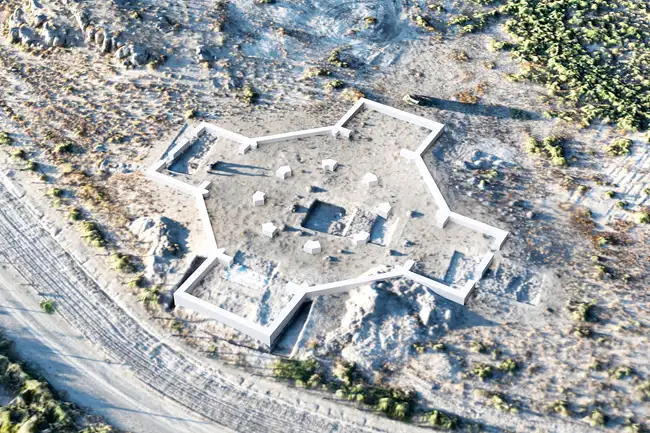An expedition of archaeologists from the Institute of Archaeology and Ethnography of the National Academy of Sciences of the Republic of Armenia and the University of Münster, Germany, has discovered the foundations of the oldest church in Armenia known to date in Artashat, the ancient capital of Armenia. The church was located on the eastern slope of the 17th hill in Old Artashat and occupied an area of about 1,000 square meters.
"According to the radiocarbon data obtained, this structure dates back to the first half of the 4th century and is, in fact, the oldest archaeologically documented church in Armenia," said the head of the expedition, head of the Department of Archaeology of Ancient Armenia at the Institute of Archaeology and Ethnography, Candidate of Historical Sciences Mkrtich Zardaryan, in a statement released by the National Academy of Sciences.
It is noted that the discovery is substantial evidence of early Christianity in Armenia. According to Zardaryan, the fundamental significance of the discovery is that it complements the understanding of the mechanisms of Christianity's spread in Armenia and the architecture of the earliest spiritual structures.
This is the first octagonal church discovered in Armenia.
"Octagonal churches with four cross-shaped projections were not known here until now, but we are familiar with them from the Eastern Mediterranean region, where such structures appear as early as the 4th century AD," notes Mkrtich Zardaryan.
The church was built of local stone, reinforced with lime mortar, and most likely had smooth, plastered walls. The walls have been preserved at different heights, reaching 2.6 meters in some parts, and about half a meter in others. Having studied the variety and quality of the finds, archaeologists have concluded that the church was tiled and featured a luxurious interior. This is evidenced by the numerous wall-cladding slabs of Asia Minor marble and the various carved fragments found here.
The work was carried out within the framework of the basic theme "Artashat in the Cultural, Economic and Social System of Ancient Armenia" of the Institute of Archaeology and Ethnography of the National Academy of Sciences of the Republic of Armenia and the Artaxata Project of the German Research Foundation (DFG). The results of the excavations are being prepared for publication.




















